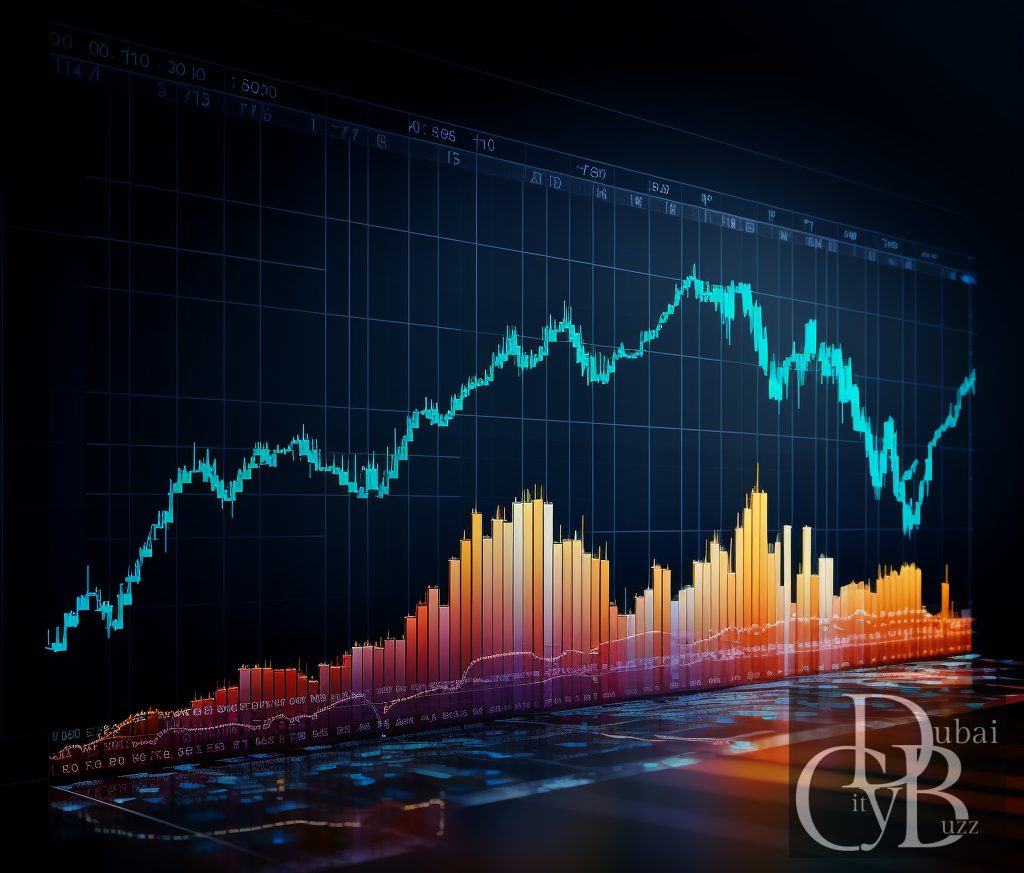
The UAE EIBOR (Emirates Interbank Offered Rate) is a crucial benchmark interest rate used by financial institutions across the United Arab Emirates. It plays a pivotal role in determining borrowing costs for various financial products, such as loans and mortgages. In recent times, there has been a noticeable uptick in the UAE EIBOR, prompting financial experts to examine the reasons behind this upward trend. In this article, we will delve into the key factors driving the rise in UAE EIBOR and analyze its potential implications for the UAE economy.
Robust Economic Growth
One of the primary drivers behind the increase in UAE EIBOR is the country’s robust economic growth. As the UAE economy expands, demand for credit increases, leading to higher borrowing costs. The strong performance of key sectors, such as real estate, tourism, and trade, contributes to higher liquidity requirements, pushing banks to seek higher interbank lending rates, ultimately affecting the EIBOR.
Inflationary Pressures:
Inflation is another key factor influencing the UAE EIBOR. As prices rise across the economy, the central bank may implement tighter monetary policies to control inflation. Higher interest rates act as a deterrent to borrowing and spending, thus reducing demand and mitigating inflationary pressures. Consequently, the UAE EIBOR rises in tandem with the central bank’s efforts to combat inflation.
Global Interest Rate Trends:
The UAE’s economy is highly interconnected with the global financial system, and it is not immune to international interest rate trends. Central banks in major economies, such as the US Federal Reserve, may increase their benchmark interest rates, which often reverberate across global financial markets. The UAE’s central bank may follow suit to maintain competitiveness and prevent capital outflows, leading to an increase in the UAE EIBOR.
Liquidity Constraints:
During periods of tight liquidity in the interbank market, banks become cautious about lending to each other. The reduced willingness to lend drives up the UAE EIBOR as financial institutions compete for available funds. Factors contributing to liquidity constraints may include changes in the global economic landscape, geopolitical uncertainties, or even internal banking policies.
Regulatory Changes:
Changes in banking regulations and capital requirements can also influence the UAE EIBOR. Stricter regulations might prompt banks to reassess their lending practices, leading to a reduction in liquidity and subsequent higher interbank lending rates.
Conclusion:
The surge in UAE EIBOR can be attributed to a combination of factors, including robust economic growth, inflationary pressures, global interest rate trends, liquidity constraints, and regulatory changes. As the UAE continues to develop its economy and strengthen its financial sector, fluctuations in the EIBOR are likely to remain a normal occurrence. Policymakers and financial institutions must closely monitor these factors to ensure stable economic growth and mitigate the impact of interest rate fluctuations on borrowers and the overall economy.
Overall, understanding the drivers behind the rise in UAE EIBOR is crucial for businesses, consumers, and investors to make informed financial decisions amid a dynamic economic landscape. By staying informed and adapting to changing market conditions, stakeholders can navigate the evolving interest rate environment more effectively.





